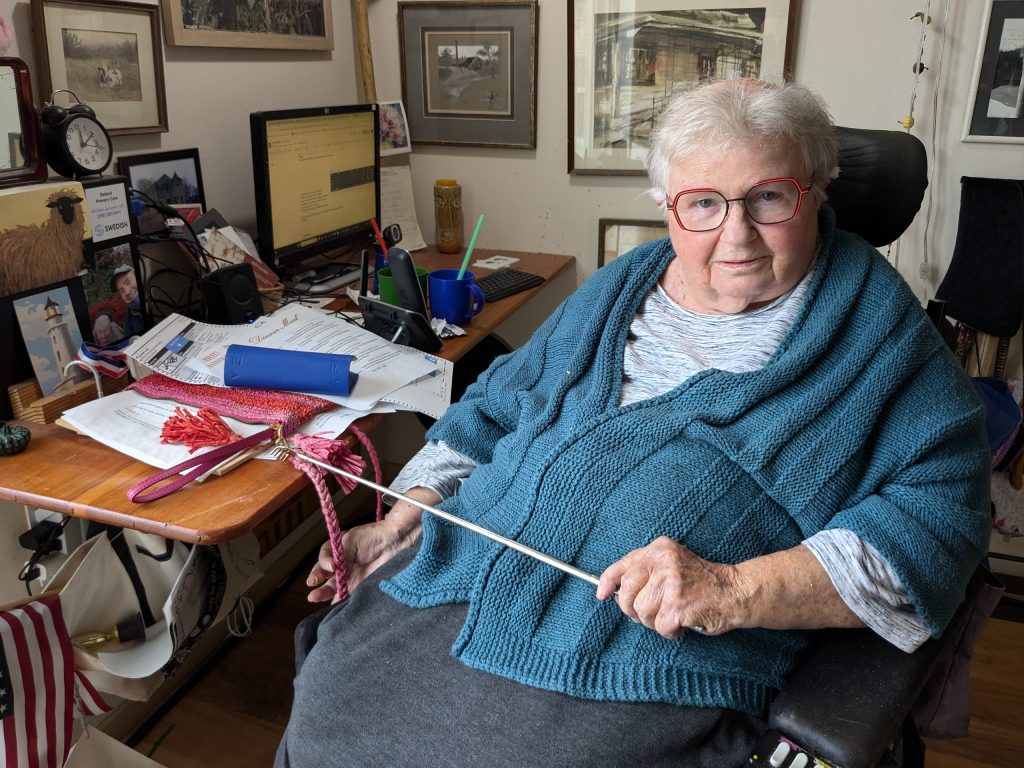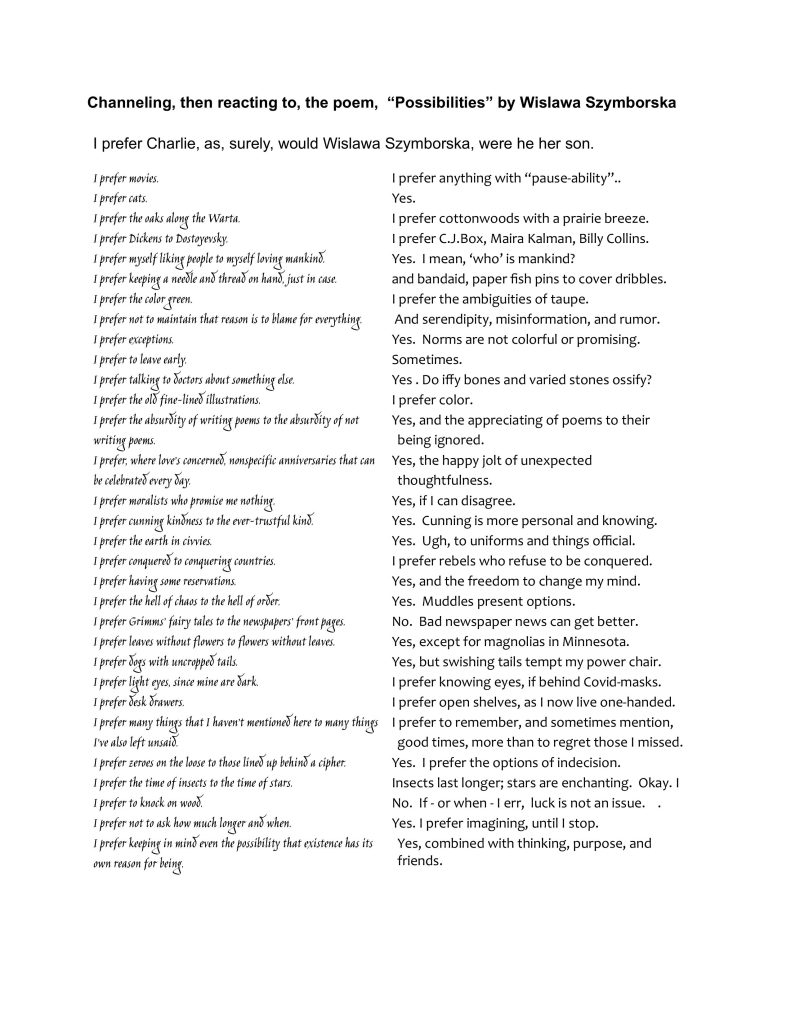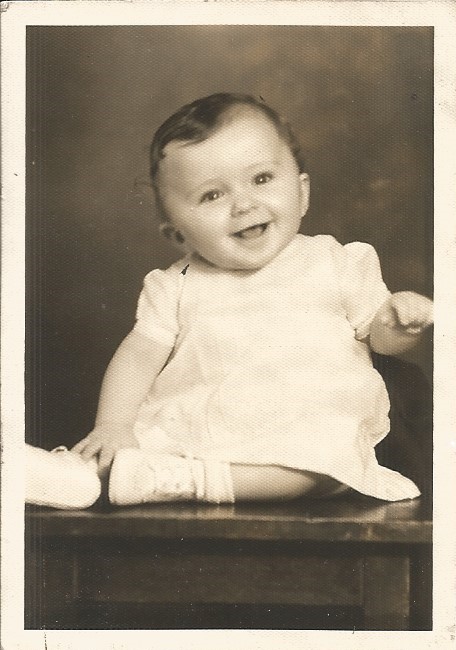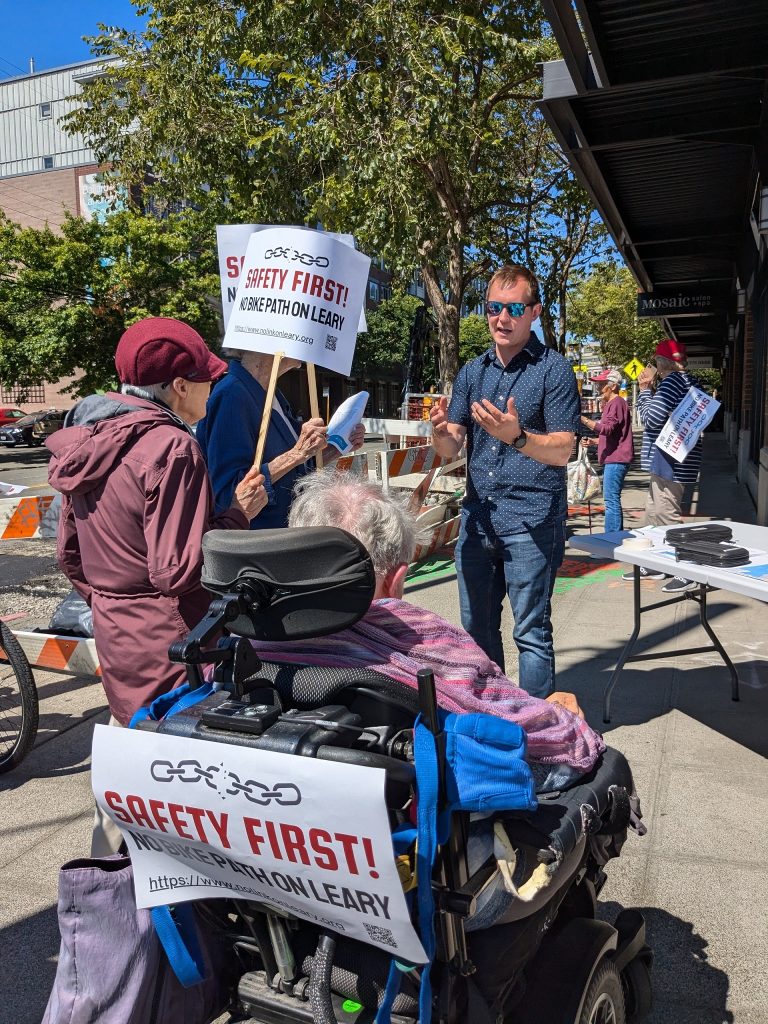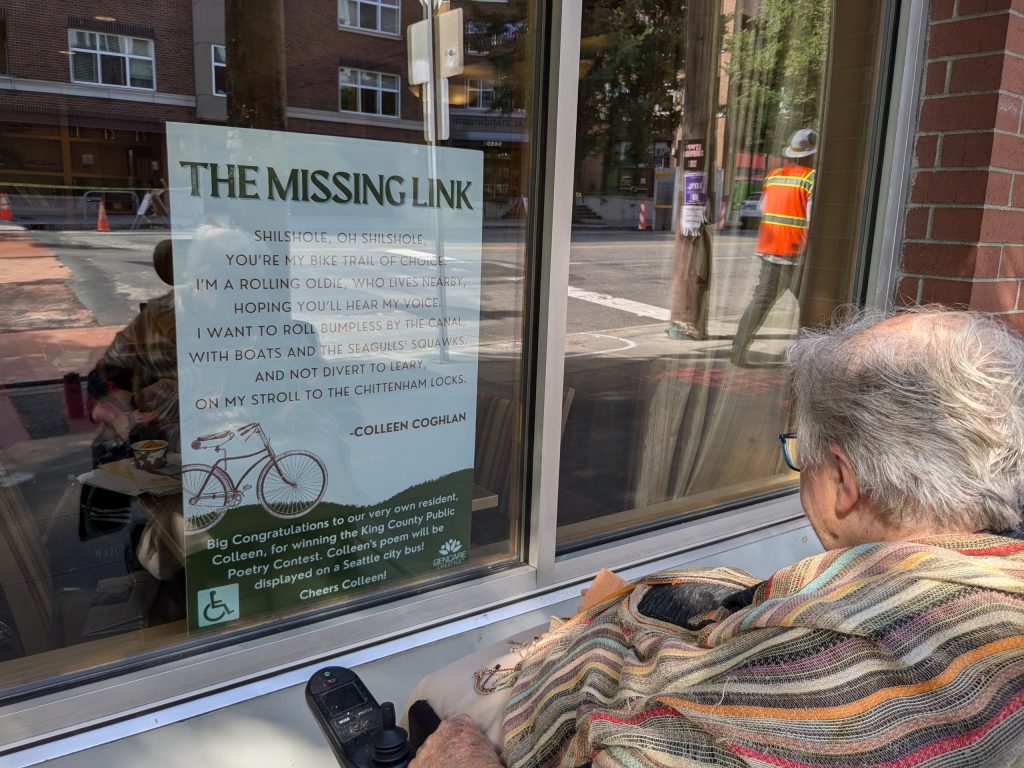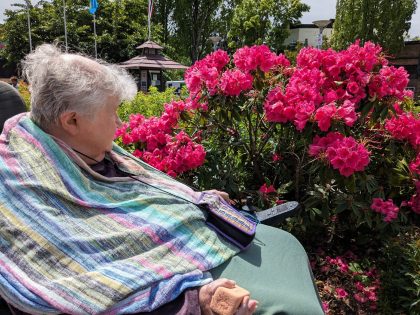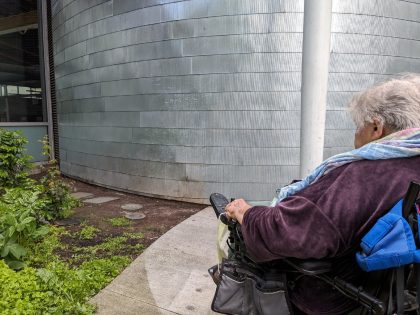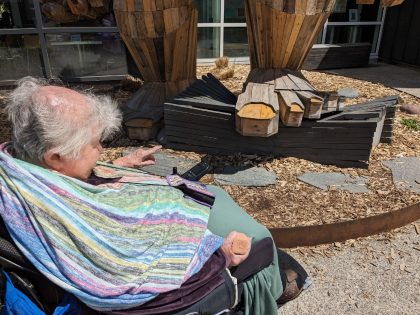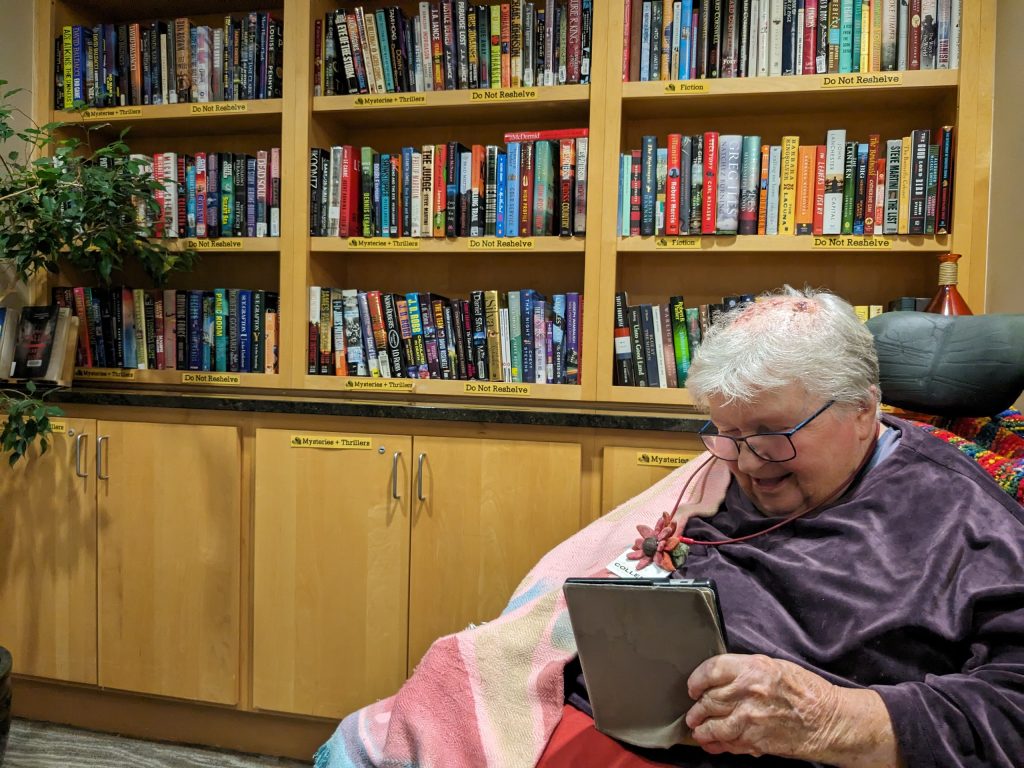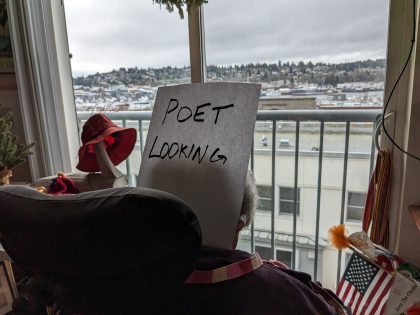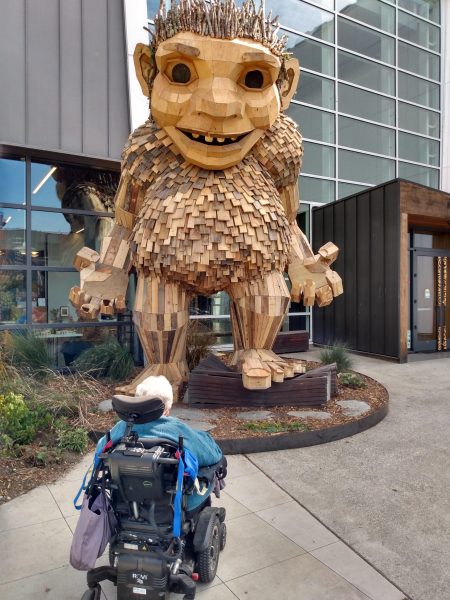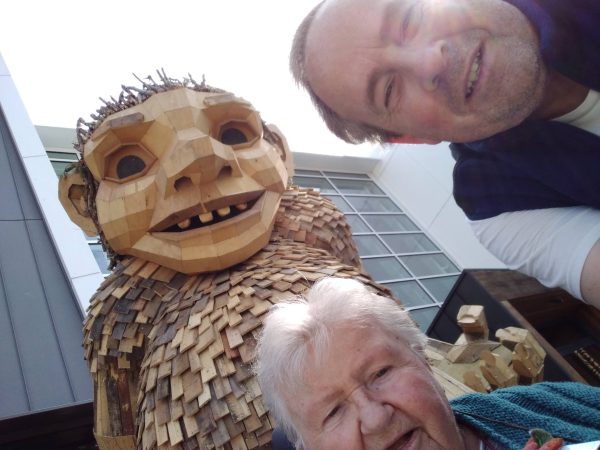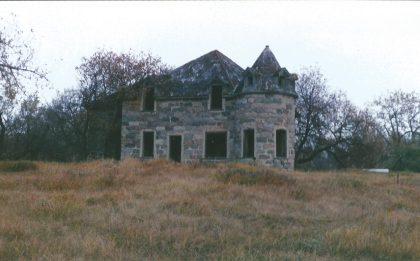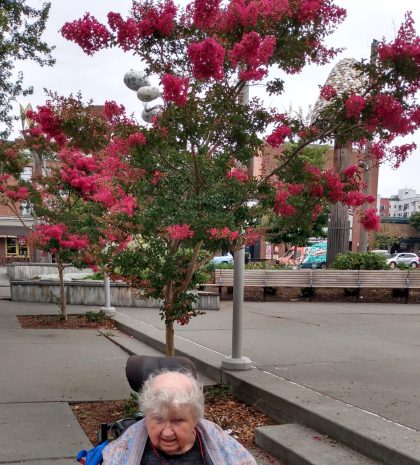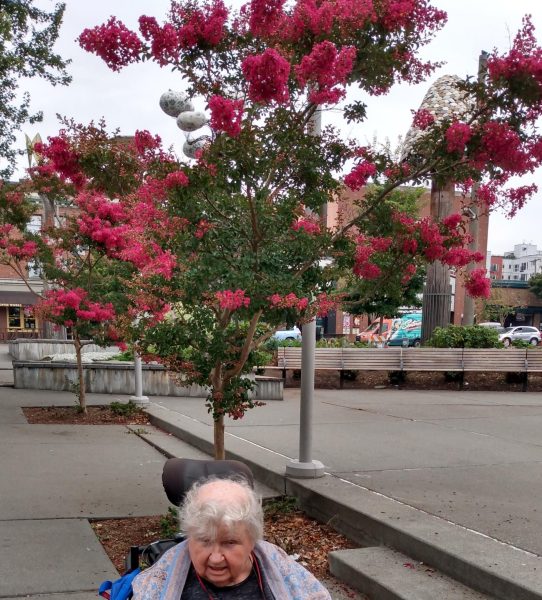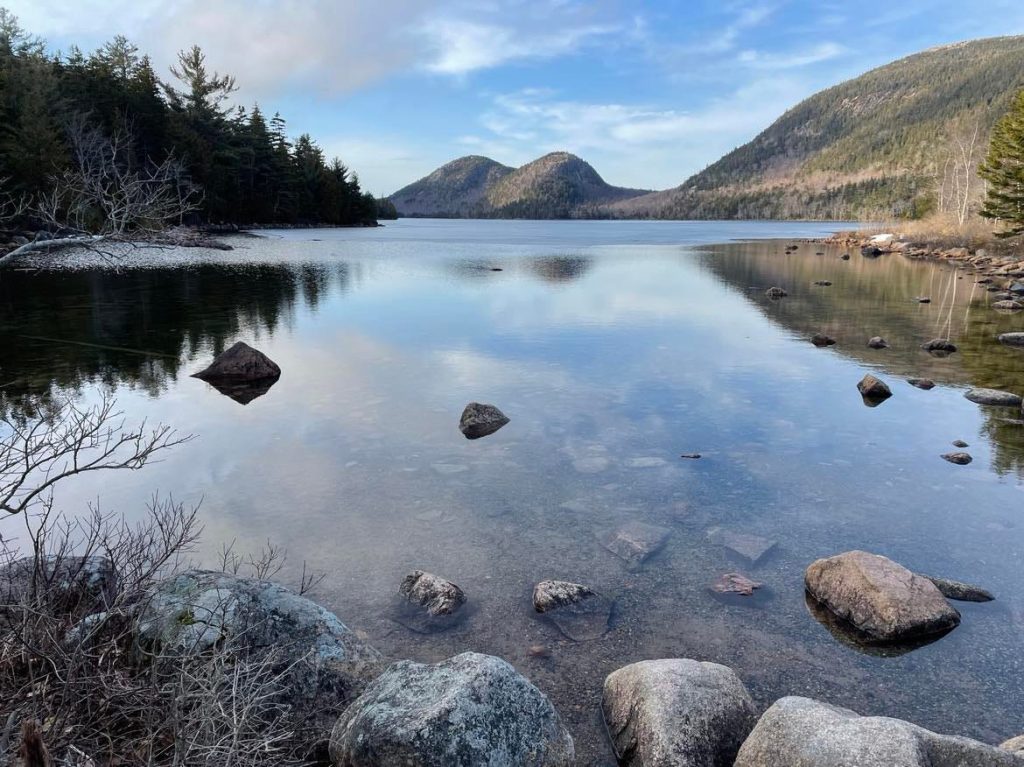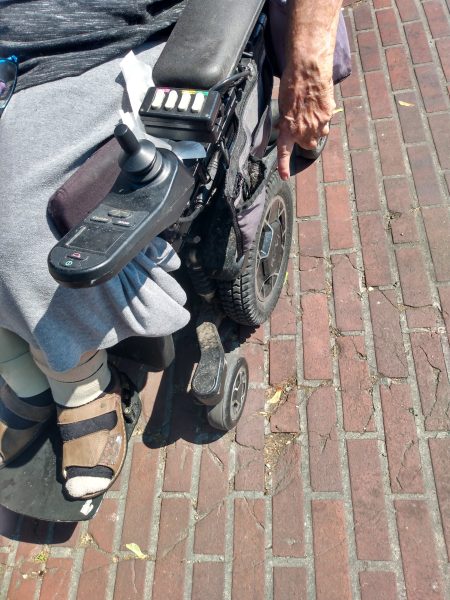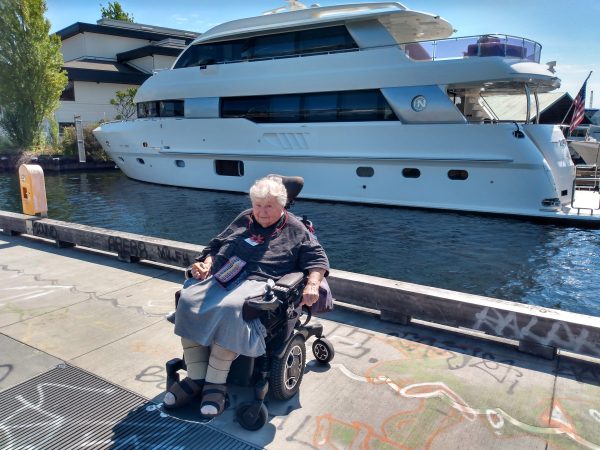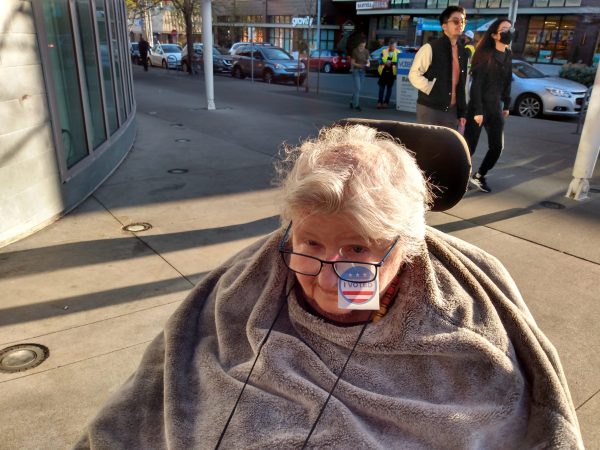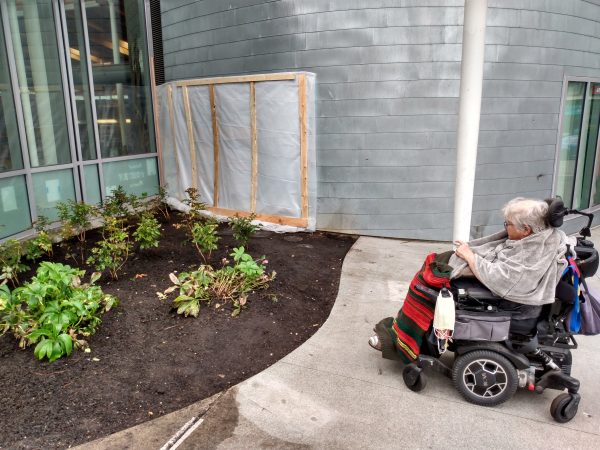UPDATE:
As of November 6th, I had this post already started.
It’s mourning in America.
A pestilence is upon us.
What on Earth could be worse?
Then I did a crumple-fall and broke the femur in my left leg, my only weight-bearing leg.
HAPPY THANKSGIVING!
Four weeks later after a trip to the ER, surgery, rehab, infection, back to the hospital, and, with Charlie’s magic, I was, finally, home.
MERRY CHRISTMAS!
Now, with Women’s History Month celebrated, I beat another infection, and, except for having ‘sore butt syndrome’ {indelicate, maybe, but accurate}, which is just a wheelchair hazard, I am back to full-talking mode. Charlie sighs.
GOOD NEWS is that My femur is making new bone, and I am turtle-ing my way to standing again.
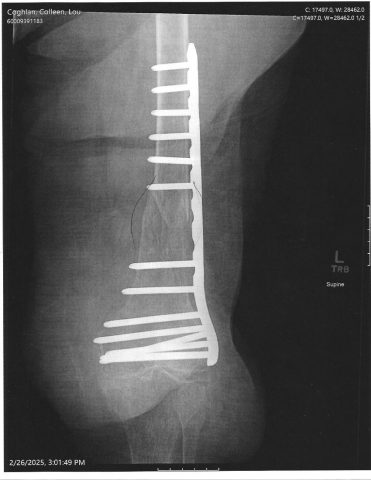
Lots of nails for maximum pity, and new, white-ish bone to heal. Wiped out. NAPS ALERT!
UPDATE:
You may recall that Charlie declared I should write my own obituary because I complained so much about the recent obituaries of friends. The challenge, as I see it, is to find my “there, there.” This is not an easy task.
My obituary efforts are turning into my “last leaf” (Remember O. Henry’s short story?), and so far, they’re working, but still wanting. I want to be more than death certificate data or an algorithmic-driven resume. I want there to be “there there” in my obituary. (Remember Gertrude Stein’s describing Oakland CA as “having no there there”? Only one of my ‘asked’ friends knew what I was talking about.) This is hard to capture. Fortunately, Wislawa Szymborska has sort of addressed the “there there” problem in her poem, “Writing a Resume.”
Writing a Résumé by Wislawa Szymborska
What needs to be done?
Fill out the application and enclose the résumé.
Regardless of the length of life,
a résumé is best kept short.
Concise, well-chosen facts are de rigueur.
Landscapes are replaced by addresses,
shaky memories give way to unshakable dates.
Of all your loves, mention only the marriage;
of all your children, only those who were born.
Who knows you matters more than whom you know.
Trips only if taken abroad.
Memberships in what but without why.
Honors, but not how they were earned.
Write as if you’d never talked to yourself and always kept yourself at arm’s length.
Pass over in silence your dogs, cats, birds, dusty keepsakes, friends, and dreams.
Price, not worth, and title, not what’s inside.
His shoe size, not where he’s off to,
that one you pass off as yourself.
In addition, a photograph with one ear showing.
What matters is its shape, not what it hears.
What is there to hear, anyway? The clatter of paper shredders.
GOOD NEWS! If writing my own obituary is my ‘last leaf’, as I suspect it is, so far so good. Updates will be part of coming posts, I hope, I hope.
—————————————————————————————————
THOUGHTS: I may be a super-ager.
In several studies, super-agers were people who were at least 80 years old, [CHECK!] had the memory ability of a person 20 to 30 years younger, [FRIENDS SAY I DO!] and, “you could see, were energetic, motivated [AMBITIOUS, maybe?], on the ball, elderly individuals.” [YOU BET!] Though they shared few lifestyle choices, “one consistency among the group was that they tended to have strong social relationships.” These are tricky to define. I am not a ‘joiner’, except for Gary’s Poetry Club, which is a wild and wooly bunch of appreciators, but I love good conversation, and, clearly, good conversation is a kind of social relationship.
The question is: what is “good conversation”?
Start with at least two people who enjoy talking to each other, are widely read, have options, opinions, a sense of humor, good nature, and a tolerable perspective, and who can argue ably and amiably. Some common interests help, as do library visits.
A good conversationalist, then, is an autodidact {super self-learner}, probable library user, and adapter (wise choice maker), all of which lead to super-aging. “Picky, picky,” you say? Not in my world. Good conversation is the thread running through the many varied and memorable activities of my life. Maybe I could sum up my life experiences with the adjustable line, “She was part of and loved good conversations with friends, who put up with her, everywhere she landed.”
It’s hard to capture the spontaneity of a good conversation, but I have found three poems which in their several ways try to do that. Ron Padgett’s “Taboo”, John Kenney’s “An Attempt at a summation of a five-year-old’s monologue”, and “Channeling my sister, Charyl Coghlan Pollard, while reading the poem, “Possibilties” by Wislawa Szymborska”, the poem I “put together” for my sister’s memorial service. They are too much to type, so I’m working on a way to recite them.
COMING ATTRACTIONS:
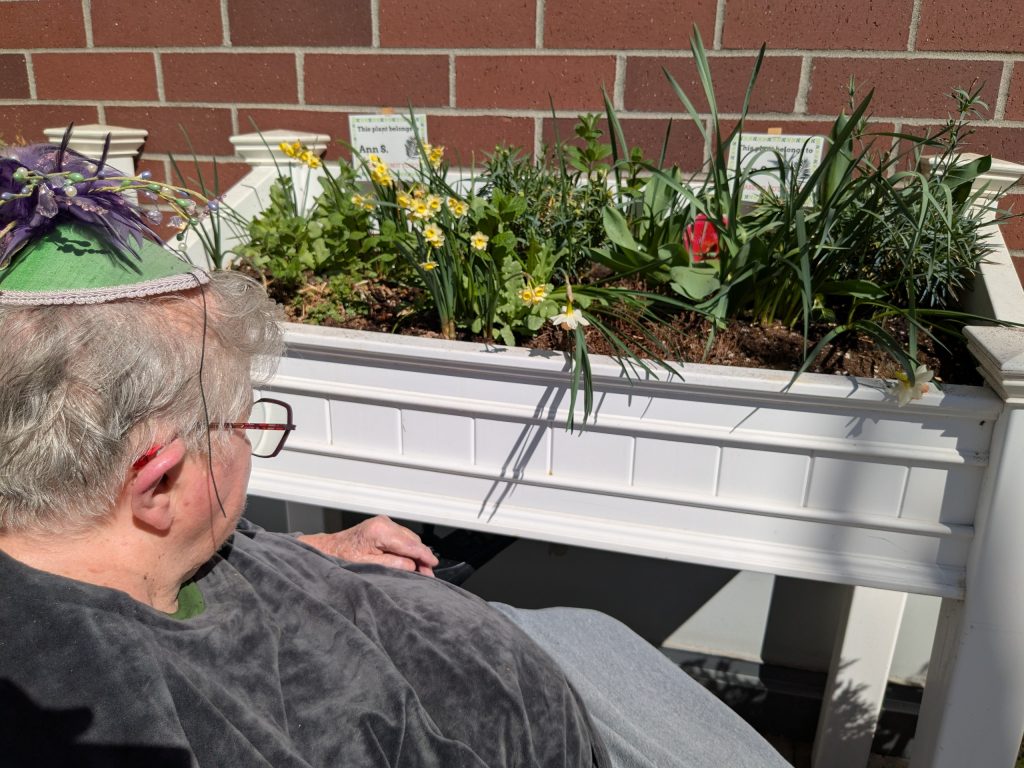
Spring brings Ann’s blossoms, a joy to behold and ZEN- think ‘one with my hat’.
Kids who get to go to the library by themselves and choose any books they want are an advantaged lot. I am one of them. I’m working on why this is so, but learning how to make wise, or at least reasoned, choices is part of it.
A difference between a generalist and a scatterbrain is how you recall, sort, and connect unsupervised early-life library choices with later life or reading experiences. Hint: Nikki Giovanni’s poem, ”In Praise of my Teacher,” matters.
………………………………………………………………………………..
That’s it. More coming sooner, rather than later. Hard to do anything but think, when your wheelchair-bound feet are in the air to put sore butt’s pressure on the back. Nothing like talking to yourself (thinking?) when your son is only half-Irish.

